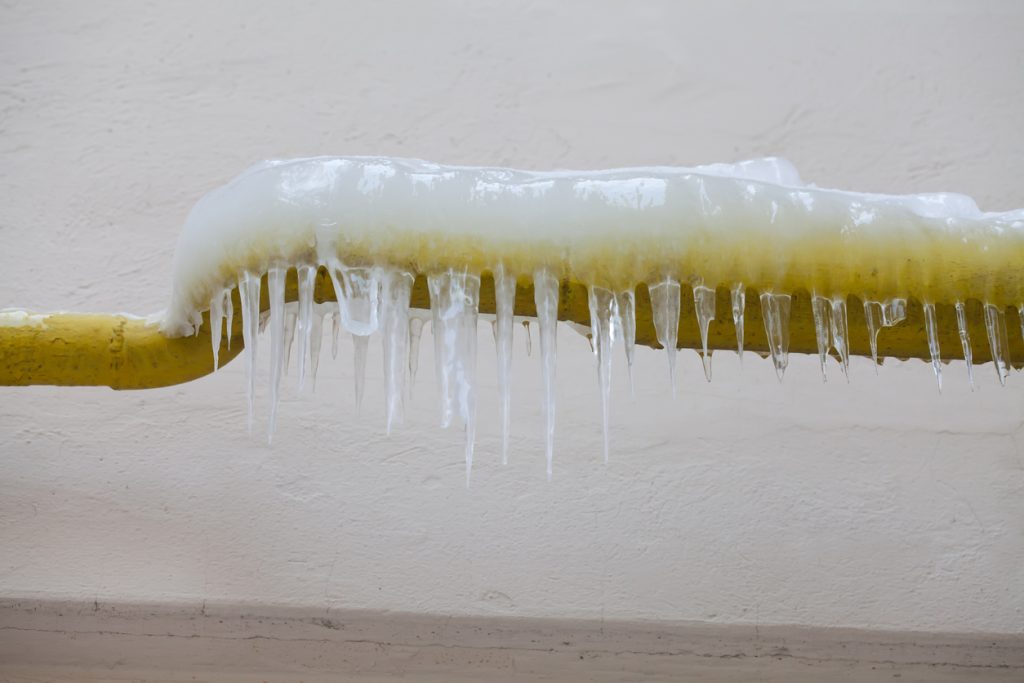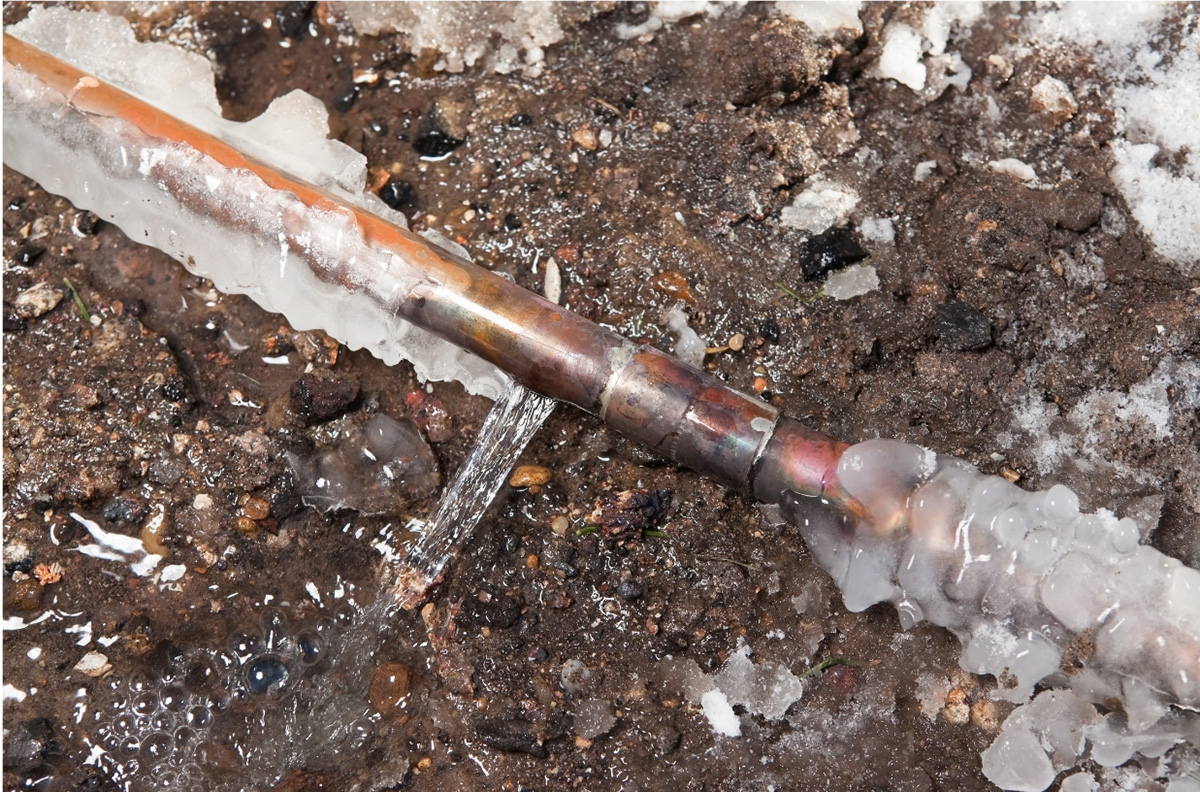Essential Methods for Preventing Frozen Plumbing in Winter
Essential Methods for Preventing Frozen Plumbing in Winter
Blog Article
This article in the next paragraphs about Prevent Frozen Pipes is exceedingly motivating. Don't miss it.

Cold weather can damage your plumbing, especially by freezing pipes. Right here's how to stop it from taking place and what to do if it does.
Introduction
As temperatures decrease, the danger of frozen pipelines rises, potentially resulting in expensive repair services and water damages. Understanding how to prevent icy pipes is vital for home owners in cool climates.
Recognizing Frozen Pipes
What creates pipelines to freeze?
Pipelines freeze when revealed to temperature levels below 32 ° F (0 ° C) for prolonged periods. As water inside the pipes freezes, it broadens, putting pressure on the pipeline walls and possibly creating them to burst.
Dangers and problems
Icy pipes can cause water supply disruptions, property damage, and costly repairs. Burst pipelines can flooding homes and create comprehensive structural damages.
Indications of Frozen Piping
Identifying icy pipes early can stop them from bursting.
Exactly how to determine frozen pipelines
Try to find decreased water circulation from taps, uncommon smells or sounds from pipelines, and visible frost on exposed pipelines.
Avoidance Tips
Insulating vulnerable pipelines
Cover pipelines in insulation sleeves or make use of warmth tape to secure them from freezing temperatures. Focus on pipes in unheated or exterior locations of the home.
Heating strategies
Keep indoor spaces appropriately heated, specifically areas with pipes. Open closet doors to enable cozy air to distribute around pipes under sinks.
Shielding Outdoor Pipes
Garden tubes and outside taps
Separate and drain pipes garden hoses prior to winter months. Mount frost-proof faucets or cover outside faucets with insulated caps.
What to Do If Your Pipes Freeze
Immediate actions to take
If you suspect frozen pipelines, maintain taps open up to eliminate stress as the ice melts. Utilize a hairdryer or towels taken in hot water to thaw pipes slowly.
Long-Term Solutions
Architectural adjustments
Think about rerouting pipelines far from outside walls or unheated areas. Add added insulation to attics, cellars, and crawl spaces.
Upgrading insulation
Purchase top quality insulation for pipes, attic rooms, and wall surfaces. Correct insulation aids keep constant temperature levels and minimizes the danger of frozen pipelines.
Final thought
Protecting against icy pipes requires aggressive procedures and quick feedbacks. By understanding the causes, signs, and safety nets, home owners can safeguard their plumbing throughout cold weather.
6 Proven Ways to Prevent Frozen Pipes and Protect Your Home
Disconnect and Drain Garden Hoses
Before winter arrives, start by disconnecting your garden hoses and draining any remaining water. Close the shut-off valves that supply outdoor hose bibs and leave the outdoor faucet open to allow any residual water to drain. For extra protection, consider using faucet covers throughout the colder months. It’s also important to drain water from any sprinkler supply lines following the manufacturer’s directions.
Insulate Exposed Pipes
Insulating your pipes is an effective way to prevent freezing. Pipe insulation is readily available at home improvement stores and is relatively inexpensive. Pay close attention to pipes in unheated areas such as the attic, basement, crawl spaces, or garage. Apply foam insulation generously to create a buffer against the cold. You can also wrap your pipes in heat tape or thermostat-controlled heat cables for added warmth.
Seal Air Leaks
Inspect your home for any cracks or openings that could let in cold air. Seal any holes around the piping in interior or exterior walls, as well as the sill plates where your home rests on its foundation. Additionally, make sure to keep your garage door closed unless you’re entering or exiting. Leaving it open creates a significant air leak that can lead to frozen pipes.
Allow Warm Air Circulation
During cold snaps, it’s essential to allow warm air to circulate evenly throughout your home. Leave interior doors ajar to promote better airflow. Open kitchen and bathroom cabinets to help distribute heat consistently around the rooms. If you have small children or pets, be sure to remove any household chemicals or potentially harmful cleaners from open cabinets for safety.
Let Faucets Drip
A small trickle of water can make a big difference in preventing ice formation inside your pipes. When temperatures drop significantly, start a drip of water from all faucets served by exposed pipes. This continuous flow helps prevent the water from freezing. Additionally, running a few faucets slightly can relieve pressure inside the pipes, reducing the chances of a rupture if the water inside does freeze.
https://choateshvac.com/6-proven-ways-to-prevent-frozen-pipes-and-protect-your-home/

As a passionate person who reads about How to Prevent Your Pipes From Freezing, I assumed sharing that excerpt was a great idea. Loved our write up? Please share it. Let another person locate it. Thank-you for your time spent reading it.
Call Today Report this page